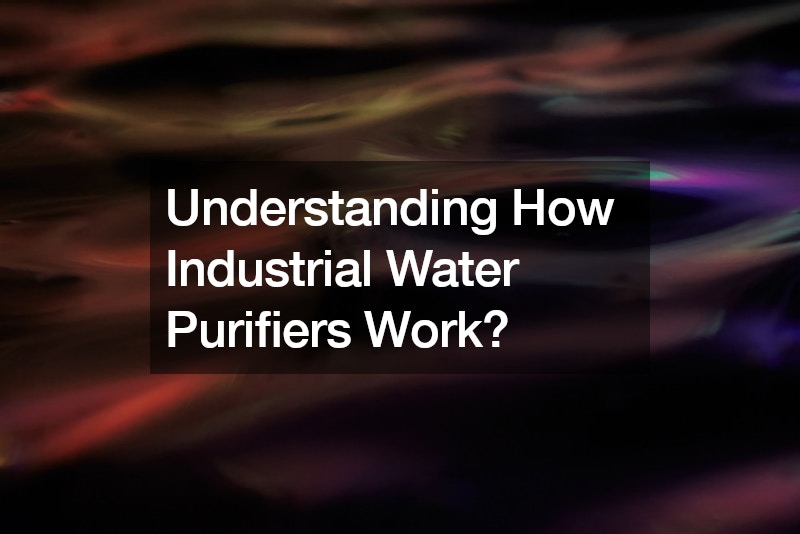Understanding how industrial water purifiers work is essential for ensuring clean and safe water in large-scale operations. These purifiers are designed to remove contaminants from water used in manufacturing, processing, and other industrial applications. These systems typically involve multiple stages to effectively treat and purify water to meet specific quality standards.
The first stage of industrial water purifiers often includes pre-treatment processes such as screening and filtration. Screening removes large debris and particles, while filtration targets smaller suspended solids.
This step is crucial for protecting subsequent purification stages from clogging and damage.
Next, the water undergoes chemical treatment to remove dissolved contaminants. Common methods include coagulation and flocculation, where chemicals are added to water to bind contaminants into larger particles that can be easily removed. This stage often includes pH adjustment to optimize the effectiveness of the treatment chemicals.
Following chemical treatment, the water passes through advanced filtration systems like activated carbon filters, which remove organic compounds and chlorine. Another common method is reverse osmosis, where water is forced through a semi-permeable layer to eliminate dissolved salts and impurities.
Finally, post-treatment processes such as UV disinfection or ozone treatment are used to kill any remaining bacteria and viruses. These approaches help provide an extra layer of protection, ensuring the purified water is safe for its intended industrial use. Regular monitoring and maintenance of the purification system are crucial to ensure its continual effectiveness and compliance with regulatory requirements.
.


